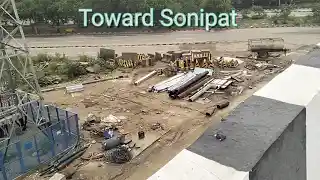3rd Ring Road of Delhi – UER-II Expressway Project
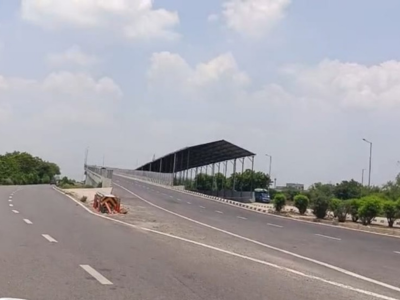
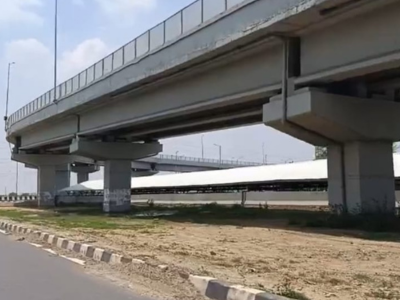
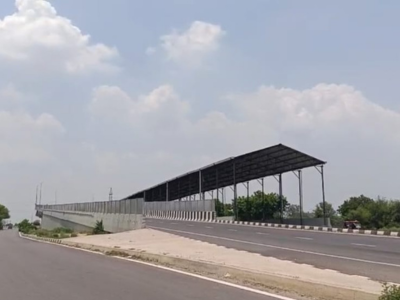
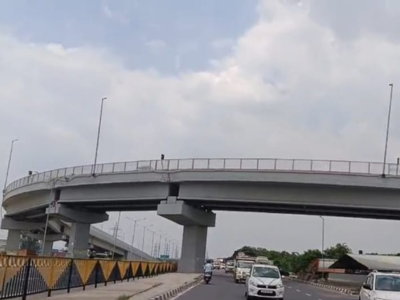
Delhi’s traffic is constantly on the rise, which calls for a smarter and more efficient road network. Enter the Urban Extension Road-II (UER-II), affectionately known as Delhi’s 3rd Ring Road. This ambitious expressway project, part of the Bharatmala Pariyojana initiative, is set to become a vital transport corridor, linking major highways and easing congestion in the city. Spanning approximately 75 kilometers, UER-II will connect the NH-1, NH-8, and NH-2 corridors through outer Delhi areas like Rohini, Mundka, Najafgarh, Dwarka, and Badarpur. Once completed, it will join the ranks of the Inner and Outer Ring Roads, enabling quicker, signal-free travel for both local and long-distance commuters. The National Highways Authority of India (NHAI) is behind this construction effort, which aims to alleviate traffic woes on Delhi’s roads, enhance regional connectivity with Haryana and Uttar Pradesh, and support the development of future residential and industrial zones.
Purpose of UER-II
The main goal of UER-II is to:
Serve as the third ring road for Delhi, working alongside the existing Inner and Outer Ring Roads.
Create smooth connections between NH-1 (GT Karnal Road), NH-2 (Mathura Road), NH-8 (Jaipur Highway), and NH-10 (Rohtak Road).
Redirect heavy and long-distance traffic away from the heart of Delhi, helping to ease urban congestion.
Route Overview
The expressway covers an approximate distance of 75.7 kilometers, passing through:
Dwarka
Najafgarh
Mundka
Rohini
Alipur
Badarpur
It creates a strategic pathway along the western corridor of Delhi, allowing for faster travel across the NCR.
Length Breakdown
Total Length: 75.7 km
Within Delhi: 54.21 km
In Haryana: 21.5 km
The Delhi section is mainly being funded by the Delhi Development Authority (DDA), while the National Highways Authority of India (NHAI) is in charge of overseeing the construction for the entire project.
Enhanced Connectivity
Once operational, UER-II will significantly improve access to:
Chandigarh
Gurugram
Indira Gandhi International (IGI) Airport
South Delhi
Noida & Greater Noida
Faridabad
This makes UER-II a vital backbone for both local commuters and long-distance travelers in the region.
Key Benefits & Significance
Decongests major Delhi roads
Reduces travel time drastically
Lowers pollution levels by cutting idle traffic and fuel consumption
Improves interstate connectivity across North India
Supports new housing, logistics, and industrial zones in outer Delhi and NCR
Unique Features
A series of flyovers, underpasses, and interchanges designed for a smooth traffic flow
Corridors without signals, featuring controlled access for entry and exit
Plans for e-highway infrastructure — one of India’s pioneering projects to support electric vehicles
Built for intelligent traffic management, complete with surveillance and automated toll systems
Conclusion
ticket to smarter, greener, and quicker mobility. By creating a third ring road around the capital, it’s poised to transform the way people and goods navigate the city and beyond.
As the project wraps up, residents in Rohini, Dwarka, Najafgarh, and other areas can expect smoother journeys, increased property values, and a significant boost in infrastructure development. UER-II is more than just a road—it’s a glimpse into the future of Delhi.




